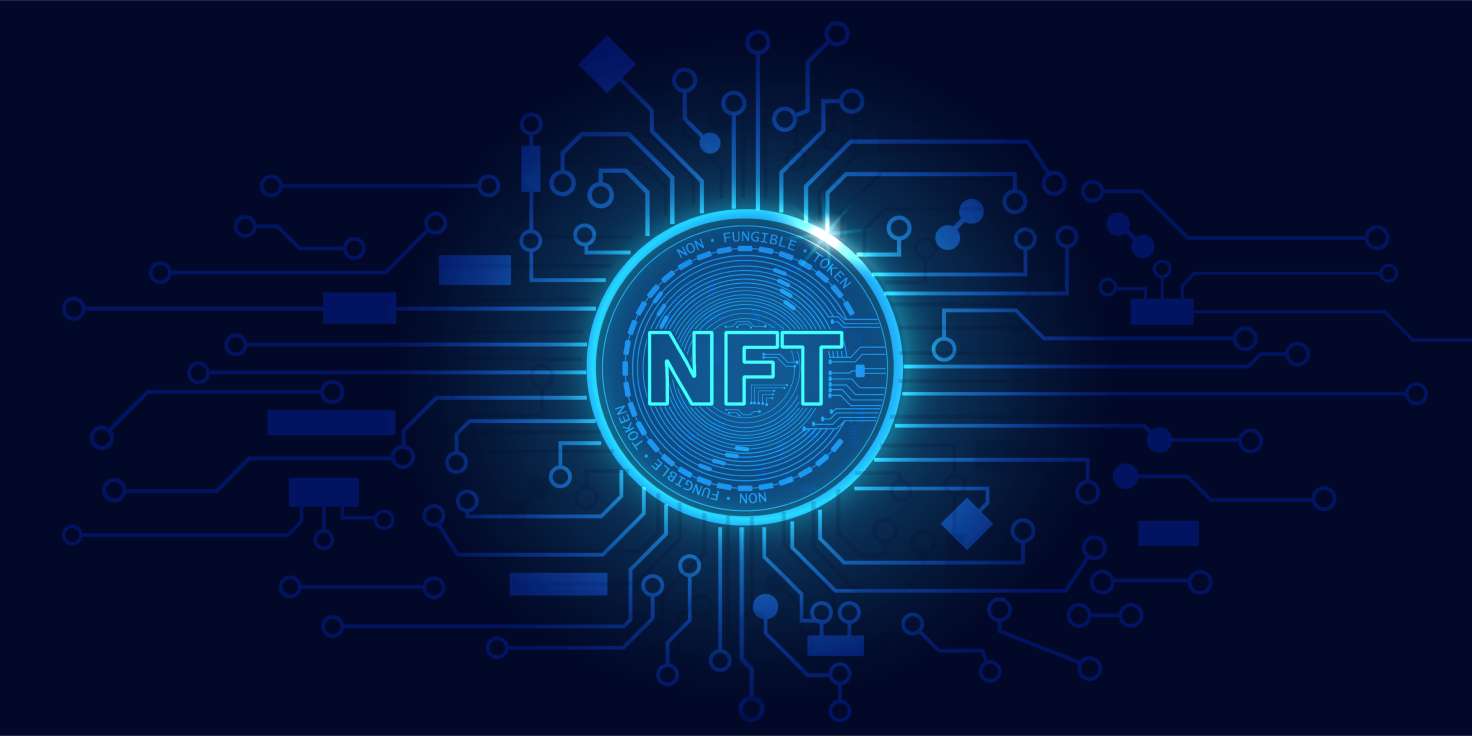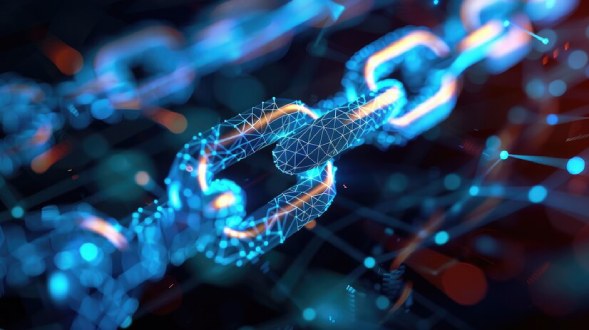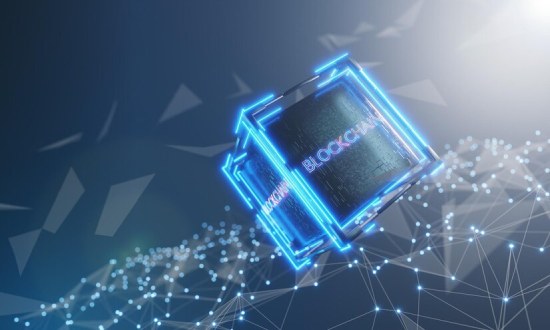Digital Art and Collectibles
Artists tokenize works, ensuring proof of authorship and enabling royalties from resales. Collectibles, from trading cards to limited-edition drops, thrive in this space.
Gaming & In-Game Assets
NFTs represent characters, skins, and weapons. Players own and trade assets across games, creating secondary economies.
Fashion, Luxury, and Retail Authentication
NFTs verify authenticity of high-value items. Brands like Gucci and Louis Vuitton integrate NFTs with physical products for proof of provenance.
Music, Film, and Media Rights
Musicians and filmmakers tokenize rights, enabling fractional ownership, direct fan engagement, and transparent royalty distribution.
Supply Chain and Logistics Traceability
NFTs tag goods across supply chains, recording each step on blockchain for transparency and fraud prevention.
Academic Certificates and Credentials
Universities issue degrees as NFTs, reducing forgery and simplifying verification for employers.
Scientific Research and Intellectual Property
Researchers tokenize patents and datasets, enabling new funding models and transparent licensing agreements.

 Blockchain Application Development
Blockchain Application Development
 Fintech Blockchain App Development
Fintech Blockchain App Development
 Hyperledger Application Development
Hyperledger Application Development
 STO Development Services Company
STO Development Services Company
 Exchange Development
Exchange Development
 Cryptocurrency Wallet Development
Cryptocurrency Wallet Development






